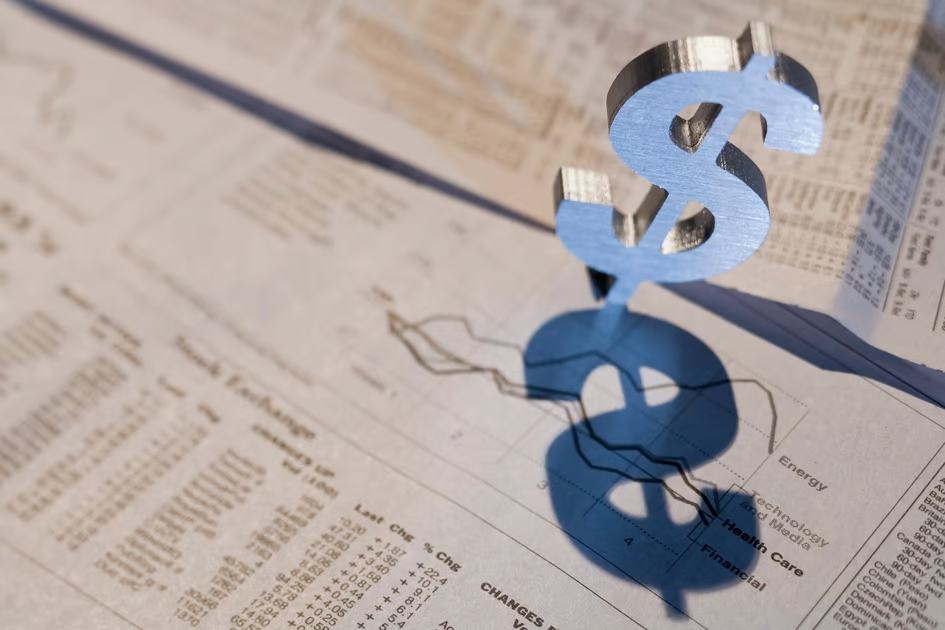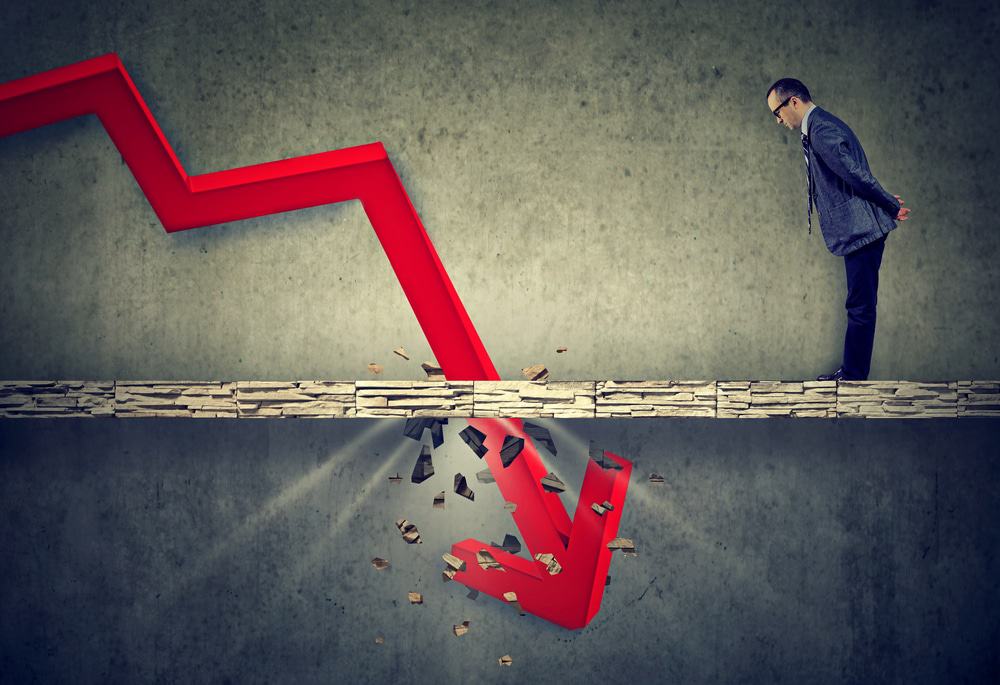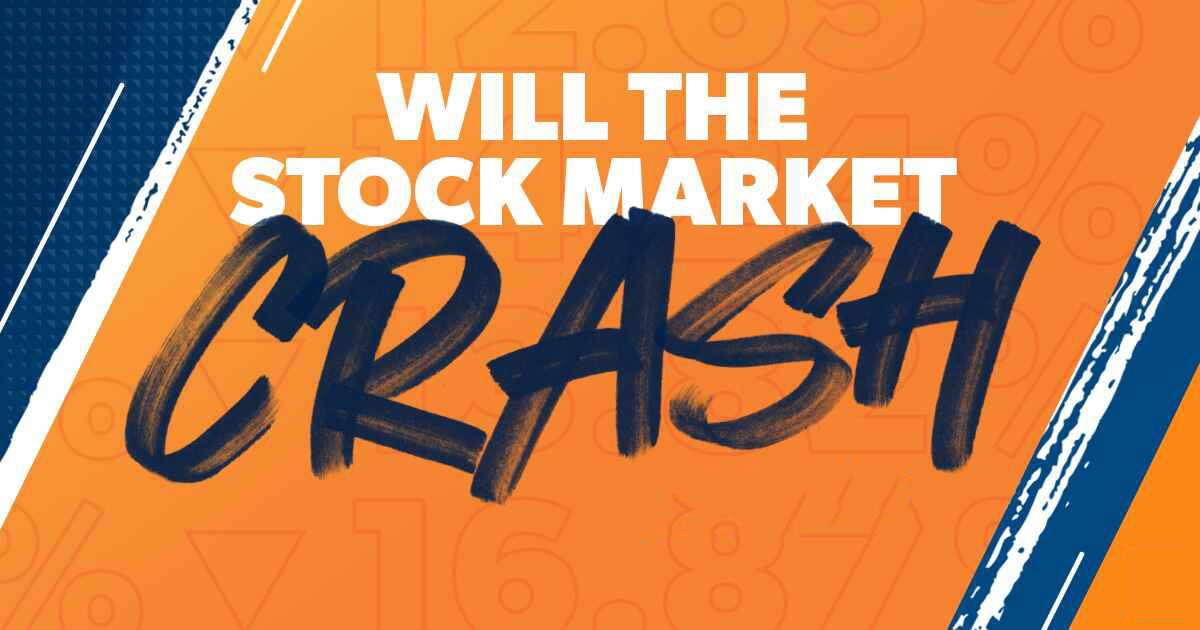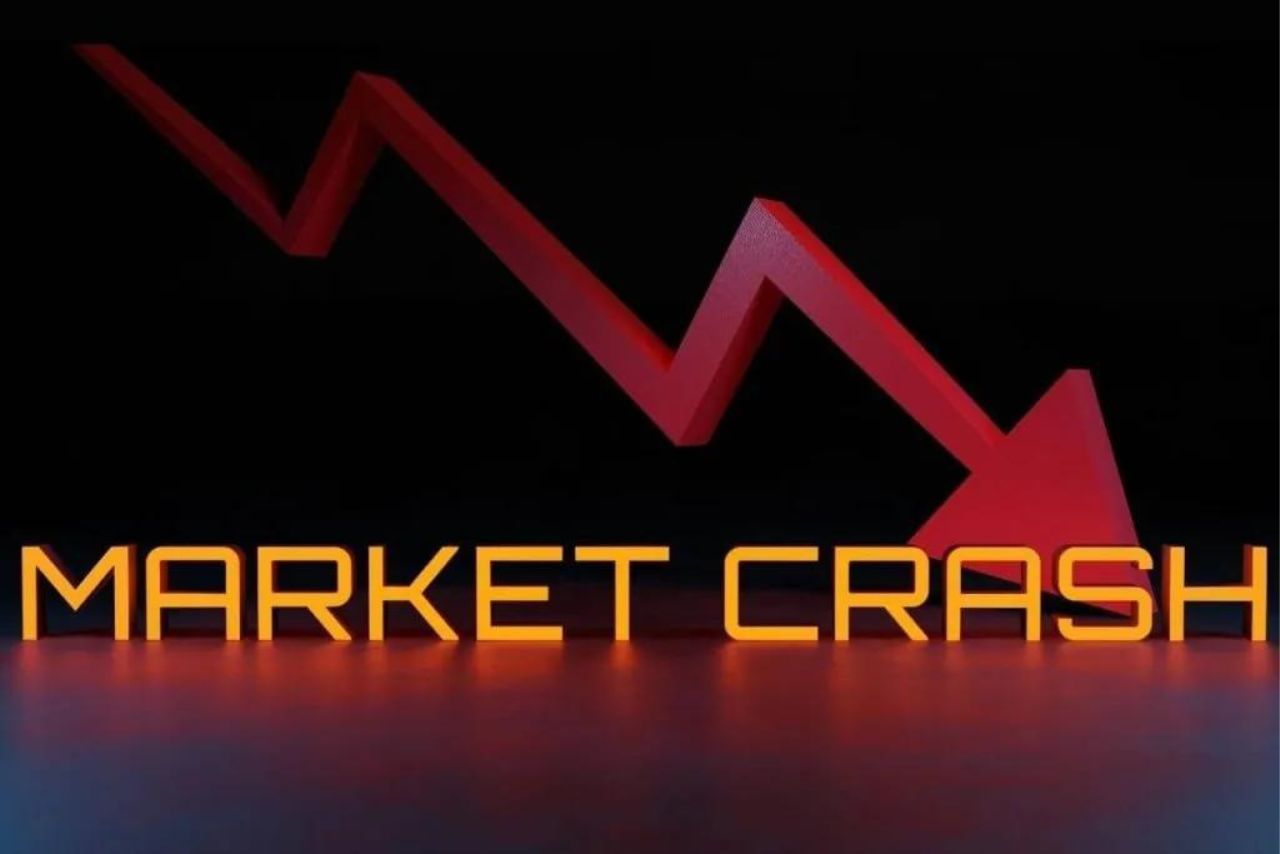Historical stock market crashes teach us tough lessons. Recall the shockwaves that shook the world when markets plunged? They were turning points, forcing us to question and learn. Each big fall, from the Wall Street Crash of 1929 to the 2008 Financial Crisis, brings new understanding of economic triggers and investor behavior. They change how we deal with money, how businesses run, and how governments act. This article digs into these chaotic times to uncover the silver linings—strategies for stability in today’s wild financial seas. Let’s dive into the anatomy of these crashes, see their wide effects, and explore the safeguards built to prevent the next big tumble.
Understanding the Anatomy of Historical Market Crashes
The Economic Precursors and Triggers
Stock market crashes come like thieves in the night. They shake our world when we least expect it. But they don’t just pop out of nowhere. They build up over time. Think of them like a stack of dominoes. One falls, and it knocks down the rest. The falling starts with warning signs. The signs are in those big words – ‘economic precursors and triggers.’ We see prices of homes, goods, and loans go way up or down. These changes hint at what’s to come. They are like gremlins messing with the machine.
Here’s what happened before some big crashes. Before Black Tuesday in 1929, people were buying stocks with borrowed money. This was a huge risk that didn’t pay off. In the late 1990s, companies that barely made money went public. Their stocks sold like hotcakes. But the Dotcom bubble burst because those firms’ values were puffed up like a balloon. Before 2008, banks gave loans to folks who struggled to pay them back. This was part of the subprime mortgage meltdown. When people couldn’t pay their loans, the trouble spread. It hit like a ten-ton truck across the whole world.
Behavioral Economics: Investor Sentiment and Panic
Humans drive the market. So how people feel matters a lot. When folks get scared, they can start a panic sell-off. This is when everyone is selling their stocks at once. It can push prices down fast. People follow the crowd, like sheep. Once the selling starts, it’s hard to stop. We call this ‘investor sentiment’ – it’s like the mood at a huge party. When the mood’s good, everyone dances. When the mood drops, people want to leave. The market works in a similar way. Investors react fast to rumors and news. They often look out the window and do what their neighbors do.
Imagine you have a bag full of your favorite treats. You hear a rumor that those treats might make you sick. Even if you love them, you’d likely stop eating them and maybe even throw them away. This is what happens during a crash but with stocks instead of treats. Even companies that are doing well can get hit in a panic. Because when fear sets in, logic often goes out the window.
In every crash, we see a mix of hard facts and wild feelings. This can bring a tough time for the market. Thinking about those crashes from the past, we can learn a lot. We now use ‘circuit breakers’ to pause trading if prices drop too much too fast. This gives people time to chill out and think. We work to not let fear rule our choices.
By looking at Dow Jones historical data and S&P 500 historic declines, we can spot patterns. Patterns help us predict better and maybe stop bad things from happening. Each crash is a lesson. Each downturn teaches us more. And from each tumble, we learn how to stand back up. So, while we remember those dark days, we also get ready for a brighter tomorrow.
The Domino Effect: Consequences of Major Stock Tumbles
The Ripple Across Global Financial Systems
When a stock market crash hits, it’s like a huge wave knocking over dominoes. One of the first dominoes to fall is Wall Street. A Wall Street collapse sends shock waves around the world. Other stock exchanges feel the hit too. Just look at historical data from the Dow Jones and S&P 500. It shows that when they go down, global markets often follow.
A crash starts with some event or fear. Like the 1929 Black Tuesday or the 1987 crash. A huge sell-off happens. Everyone rushes to sell their stocks fast. It’s called panic selling, and it spreads fast. Banks, businesses, and regular folks all get caught in the tide.
The Dotcom bubble burst in the early 2000s is another good example. Tech stocks were sky-high, just like before the 1929 crash. Then doubts crept in, and prices tumbled. This happened again in 2008. Bad housing loans and bank problems led to Lehman Brothers’ collapse. The subprime mortgage mess hit everyone.
History tells us that these big tumbles mean trouble. People lose jobs. Banks may close. Everyone tries to hold onto their money. It makes things worse because there’s less spending. Businesses can’t grow without people buying things.
Socioeconomic Impacts: From Wall Street to Main Street
When the market crashes, it’s not just rich investors who hurt. It’s regular folks too. People see their money shrink in stocks and retirement accounts. They feel scared and spend less. When everyone does this, the economy feels it hard.
The Great Depression in the 1930s shows this clear as day. The market fell apart after the 1920s’ boom. Banks failed, people lost homes, and jobs were tough to find. The pain reached far from Wall Street to every Main Street.
Stock market trouble can change how we live. It can push people to save more, out of fear. Sometimes this can last years. It’s rough when people can’t find work. Kids may not get what they need. Whole towns can suffer if the local factory closes because of a crash.
Bear markets can start from crashes too. This is when stocks are down for a long time. It makes people wary of investing. Yet, some still look for chances. This is called investing during recessions. It can be risky, but also rewarding if done right.
Recovery after stock crashes takes time. Just like it’s slow to clean up after dominoes fall. It’s not all bad though. Crashes can teach lessons. Smart folks make new rules to help protect against the next big fall. They make things like circuit breakers to stop trading if stocks dive too much.
So, what causes these market crashes? Lots of things. Too much borrowing, wild stock prices, or sudden fears. Bank runs, when people take their money out all at once, can also hit stocks hard. Crashes affect everyone, from big cities to small towns. They make us think again about how we use and protect our money.
How Regulations Evolved in the Wake of Financial Disasters
The Introduction and Evolution of Circuit Breakers
Stock markets need safety nets, just like trapeze artists do. Imagine a wild day on Wall Street. Prices tumble fast. People panic. Here’s where circuit breakers help. They pause trading so everyone can breathe and think. This stops the plunge and calms fears. We first saw them after the October 1987 crash. That crash wiped out big value in just one day.
So, what are circuit breakers? They’re like rules that stop trading if stocks fall too much, too fast. They give people time. Time to understand what’s going on. Time to stop making fast, scared choices. Since 1987, we’ve used them a few times. And each time, we get a little better at stopping crashes before they get worse.
Circuit breakers have levels. Think of them as steps. The first level might pause trading for just a short time. If stocks keep falling, the next level kicks in. This might pause trading for the whole day. Each level tries to stop the fall. We update these levels as we learn from each stock market tumble.
Federal Reserve Interventions and Policy Shifts
Now, let’s talk about the Fed, or the Federal Reserve. It’s like a big bank for our country. It steps in when things go bad in the markets. The Fed has many tools. One tool is changing interest rates. This can make borrowing cheaper. When it’s cheap to borrow, people spend and invest more. This helps markets recover.
The Fed also uses words. Yes, words. It tells the public about its plans. This helps build trust. When we trust that the Fed is on it, we worry less about our money.
A big moment for the Fed was in 2008, during the financial crisis. Banks were failing. The stock market felt it too. Big companies were in trouble. Lehman Brothers, a huge bank, fell apart. This sent shock waves through the markets. People were losing homes. Banks stopped lending money. It was chaos.
The Fed came in strong. It cut interest rates nearly to zero. It also bought lots of government bonds. This was new. It pumped money into the system. It kept cash flowing when no one else would. The goal? Stop the panic, keep money moving, and slowly fix the economy.
Over time, the Fed has tackled other big problems. It looks at job numbers and prices we pay for things. All this helps it decide what to do next. Say prices soar and life gets too costly. The Fed might raise rates to cool things down. It always watches the economy closely to help keep our money safe.
Both circuit breakers and the Fed’s actions are like big red buttons. In times of trouble, we press them to stop a bad fall or start a recovery. We have learned much from each Wall Street collapse. Each time we get better at fighting the next crisis. And while we can’t stop all crashes, these tools really help us limit the damage.
Navigating Turbulent Markets: Strategies and Recovery
Portfolio Diversification as a Defensive Tactic
You may have heard “Don’t put all your eggs in one basket.” This means: spread your investments. Why? To protect your money. When the stock market drops, it’s like a wild storm hitting your nest eggs all at once. But if they’re spread out, some may stay safe. That’s what we call portfolio diversification. It’s a key defense against losses during a market crash.
Let’s delve into wisdom from past financial disasters. Through the rubble of the 1929 Black Tuesday and the October 1987 crash, one lesson stands clear. Don’t rely on a single stock or sector. Spread investments across stocks, bonds, and other assets like real estate or precious metals. This mix can shield you when trouble hits one part of the market.
World markets often sink together. But not all dive to the same depth or at the same speed. That’s where global diversification comes in. By owning stocks from different countries, you might dodge the worst of a U.S. market plunge.
Now, let’s tackle a big question: When should you diversify? The best time is before a downturn starts. It’s like putting on a raincoat as clouds gather. It much less useful once you’re soaked. But diversifying can still help mid-storm. It might mean selling some assets at low prices. Yet, it’s often better than holding and hoping for a single stock to bounce back.
Analyzing Recovery Patterns Post-Crisis
I’ve scoured Dow Jones data and S&P 500’s history. What I’ve found is that recoveries come, but rarely overnight. You must be patient.
After the dotcom bubble burst, tech stocks crumbled. But over time, survivors grew stronger and new tech blossomed. The 2008 financial crisis brought years of pain. Still, markets clawed back, reaching new heights. But remember, not all recover equally or as fast.
The Great Depression era markets offer a striking example. It took decades for Wall Street to regain its former glory. Yet those patient and calm collected gains. While panic can strike like a bolt, recovery is more a slow dawn. It creeps in as confidence rebuilds and economic engines restart.
One key to spotting recovery: look for signs like rising employment, economic growth, or strong company earnings. These are like green shoots in a burnt forest, hinting at new life.
To conclude, watch for two things in turbulent markets. First, diversify your portfolio. Think of it as a safety net. Second, keep an eye out for recovery—know it may be slow and uneven. The more you learn from history, the better you can navigate the storms. Remember, markets have crashed, burned, and risen again. Your strategy should be as resilient as the markets you invest in.
In this post, we’ve explored deep into past market crashes, from their start to their wide effects. We saw how warning signs and crowd panic led to big stock falls. Then, we looked at how these crashes sent shock waves through our money world and touched lives far from Wall Street. We also learned how tough rules and smart moves by the Fed stepped in to stop future mess-ups. I wrapped up by offering solid ways to stand strong when markets rock and roll, like spreading out your bets and studying how money bounces back after a crash.
So let’s keep this in mind: markets may trip and fall, but we don’t have to. By understanding the past, we can make smarter moves today. When it comes to your money, stay sharp, stay calm, and always be ready with a plan. Here’s to making moves that last and growing richer, smarter, and tougher, no matter what the markets do. Keep your head up and invest wise!
Q&A :
What are the major historical stock market crashes?
The most significant stock market crashes in history usually involve a rapid and severe drop in stock prices across a major section of the market. Notable examples include the Wall Street Crash of 1929, which precipitated the Great Depression; Black Monday in 1987, where major world markets experienced a sharp decline; the Dot-com Bubble burst in 2000-2002; and the Financial Crisis of 2007-2008, which led to the Great Recession. Each of these events has had a profound impact on the economy and has been the subject of extensive study and analysis by economists and historians.
How often do stock market crashes occur?
Stock market crashes are relatively rare events, but they do not follow a predictable pattern or timing. While it’s difficult to quantify their frequency due to varying definitions of a ‘crash’, significant market corrections (declines of 10% or more) tend to happen every few years. However, crashes involving much steeper declines, like those mentioned earlier, happen less frequently. Historical data shows that since the 17th century, there have been numerous stock market crashes, ranging from severe to moderate.
What causes stock market crashes?
Many factors can contribute to stock market crashes, and they often coincide with periods of economic uncertainty or financial bubbles. Common causes include speculative investment strategies, overvalued stocks, geopolitical crises, economic recessions, inflation fears, changes in fiscal policy, corporate malfeasance, and sudden catastrophic events that instigate panic selling and a loss of investor confidence. Each crash generally has its own unique set of causes, sometimes making them difficult to predict.
Can we predict stock market crashes?
While economists and analysts use various models and indicators to try to predict market behavior, accurately predicting a stock market crash is challenging. The complex interplay of economic, political, and social factors that can lead to a crash makes precise forecasting difficult. Analysts may identify overvaluations and speculative bubbles, which could indicate higher risk for a crash, but the timing and catalyst often remain uncertain until after the fact.
How do stock market crashes affect the economy?
Stock market crashes can have devastating effects on the economy. They can lead to a significant loss of wealth for investors, reduced consumer confidence, and decreased spending. Crashes often result in credit tightening, layoffs, business bankruptcies, and can sometimes lead to economic recessions or depressions. The impact of a crash can be felt across various sectors of the economy and can have long-term financial and psychological effects on investors and consumers alike.






